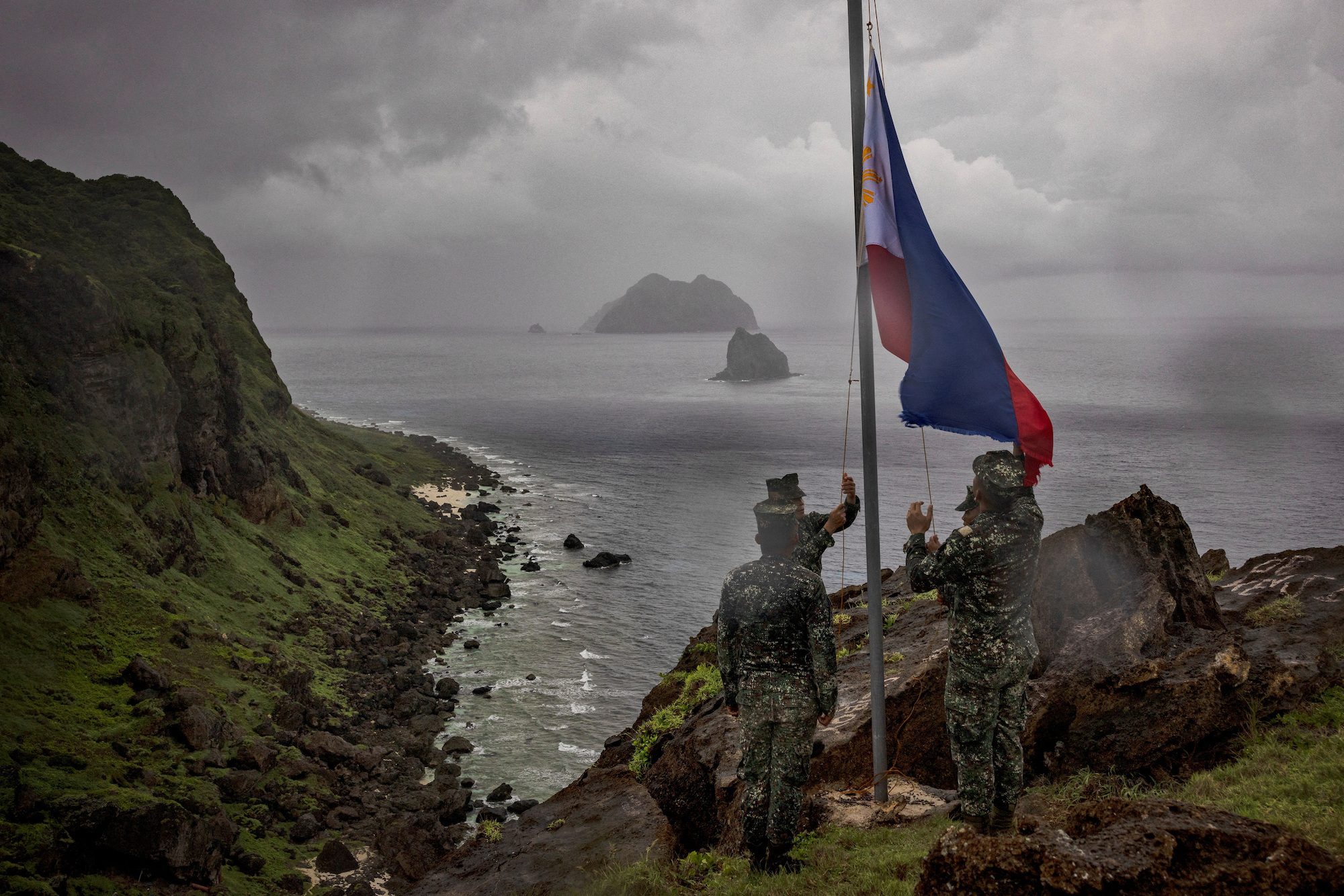PHOTOGRAPHER: KIYOSHI OTA/BLOOMBERG
By Adam Minter (Bloomberg) While commodities traders still work their way out of a historic slump, Japan is looking ahead to the next boom. According to Bloomberg News, next year a group of Japanese companies and government agencies will start mining minerals at a site 1,000 miles southwest of Tokyo — and one mile beneath the ocean’s surface. It will be the first large-scale test of whether mineral deposits can be mined commercially from the seafloor.
The project is fairly bold. The seafloor is home to priceless deposits of minerals such as gold, copper and cobalt. And thanks to new technologies, it might soon be exploitable. That’s potentially good news for miners and commodity speculators. But it poses some alarming challenges for the marine environment — and the economies that depend on it.
At least as far back as the 1960s, scientists have known that rich deposits of minerals could be found in metallic nodules strewn like stones across the deep seabed. In 1977, researchers discovered hydrothermal vents on the ocean floor, along with some of the richest ore bodies in the world. In both cases, though, slumping commodity prices and high extraction costs doomed exploitation efforts.
China changed everything. As its economy picked up earlier this decade, and demand for commodities surged, the search for alternative sources of raw materials gained steam. Resource-poor Japan resuscitated its interest in seabed mining. China started building its own underwater mining capabilities, including a proposed partnership with India. Between 1984 and 2011, the International Seabed Authority — which oversees seabed mining under a United Nations convention — issued just six exploration permits. Since 2011, it’s issued 21, covering nearly 400,000 square miles of ocean floor that could one day be mined.
Exploration isn’t disruptive to the environment. But seabed mining will be. For one thing, it requires underwater harvesters that will suck up those valuable rocks — and any organisms or habitats that get in the way. Some will recover, but others never will: Nodules, which support an abundance of organisms, require millions of years to form. Even worse, the harvesters will kick up huge sediment clouds that could spread over vast areas of the seabed, potentially ravaging corals and sponges.
These disruptions might even ricochet through the aquatic food chain. Last year, New Zealand denied a permit to mine the seabed off its coast after the seafood industry argued that it could deposit 45 million tons of sediment into its fisheries each year — fisheries that help feed people around world.
The deep sea also plays a crucial role in regulating the climate by serving as a giant carbon sink. Anything that churns up the seafloor has the potential to disturb that sink — with unpredictable consequences. Craig Smith, an oceanographer at the University of Hawaii, recently speculated that seabed mining “will probably have the largest footprint of any single human activity on the planet.”
The key word there is “probably.” As Smith and others point out, scientific knowledge of the seafloor is thin. That’s begun to change as regulators and mining companies sponsor environmental reviews. But that research is moving slowly in light of what looks like a looming gold rush.
Fortunately, the International Seabed Authority has yet to issue its first permit to actually mine a claim. In fact, it only issued the first draft of its mining regulations last month, and they’ll likely be under review for years. But the ISA can only adjudicate claims in international waters. Territorial projects, such as Japan’s, can proceed according to local law, regardless of the methods used or their potential effects on fisheries.
That makes addressing the environmental impact even more urgent. The ISA could place a moratorium on new exploration permits until a reliable way to shield vulnerable habitats and species from mining is devised. Extending the concept of Marine Protected Areas — which are used to preserve sensitive ecosystems — to parts of the international seabed that haven’t yet been licensed for exploration would also help.
Such restrictions won’t please everyone. But as this new gold rush speeds up, they could offer a chance to preserve some of what will be lost in the chase.
This column does not necessarily reflect the opinion of the editorial board or Bloomberg LP and its owners or gCaptain.Copyright 2016 Bloomberg
Adam Minter is a Bloomberg View columnist. He is the author of the book “Junkyard Planet”.

 Join The Club
Join The Club










